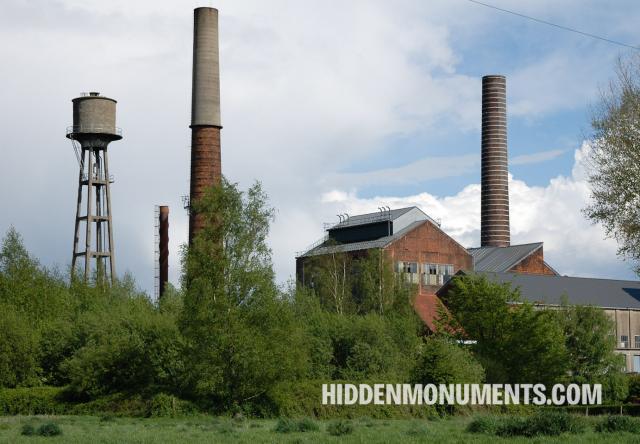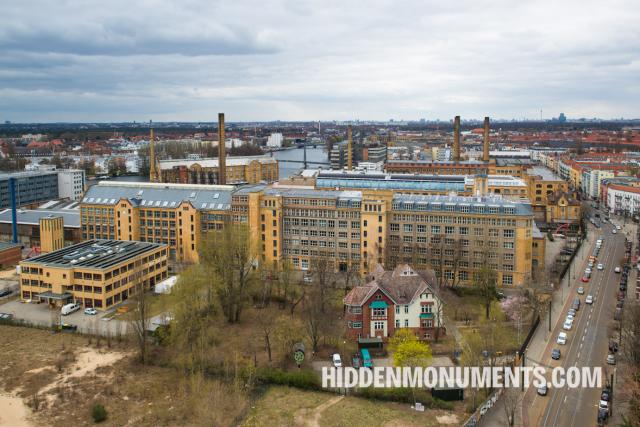In the early twentieth century, Ghent, Belgium, made a massive switch to electric power for trams, street lighting, and harbour cranes. To meet the growing demand, the city commissioned the construction of coal-fired power stations.
Power plants and electricity
Delve into the comprehensive history of power plants and the development of electricity in Europe, tracing its origins from the early 19th century to the present day.
- 15 destinations
In 1973, the foundation stone of the nuclear power plant of the future was laid in Kalkar, Germany. However, power was never produced there. Where did it go wrong?
In 1967, Ghent's municipal electric power plant was expanded with a brand-new building that housed three giant diesel engines.
Transfo Zwevegem, Zwevegem's old power station, has been generating steam and electricity in the region since 1911. The power station is now repurposed.
Izegem in West Flanders was one of the first Flemish municipalities to develop its own power station in 1900. As a result, the largest preserved steam engine in Belgium is located there.
Brick transformer houses sprang up like mushrooms over the twentieth century in Belgium to supply every corner of the country with electricity.
Pagination
Get the latest stories straight to your inbox
Latest from the blog
On November 9, 1989, the Berlin Wall, a symbol of Cold War division and oppression, was breached. Berliners poured through the newly opened checkpoints.
All photos and stories are copyrighted. Of course, linking to articles on the site is possible and allowed.
If you would like to use photos or articles from this website, please contact bart@hiddenmonuments.com.
© 2003-2025 Hiddenmonuments.com










